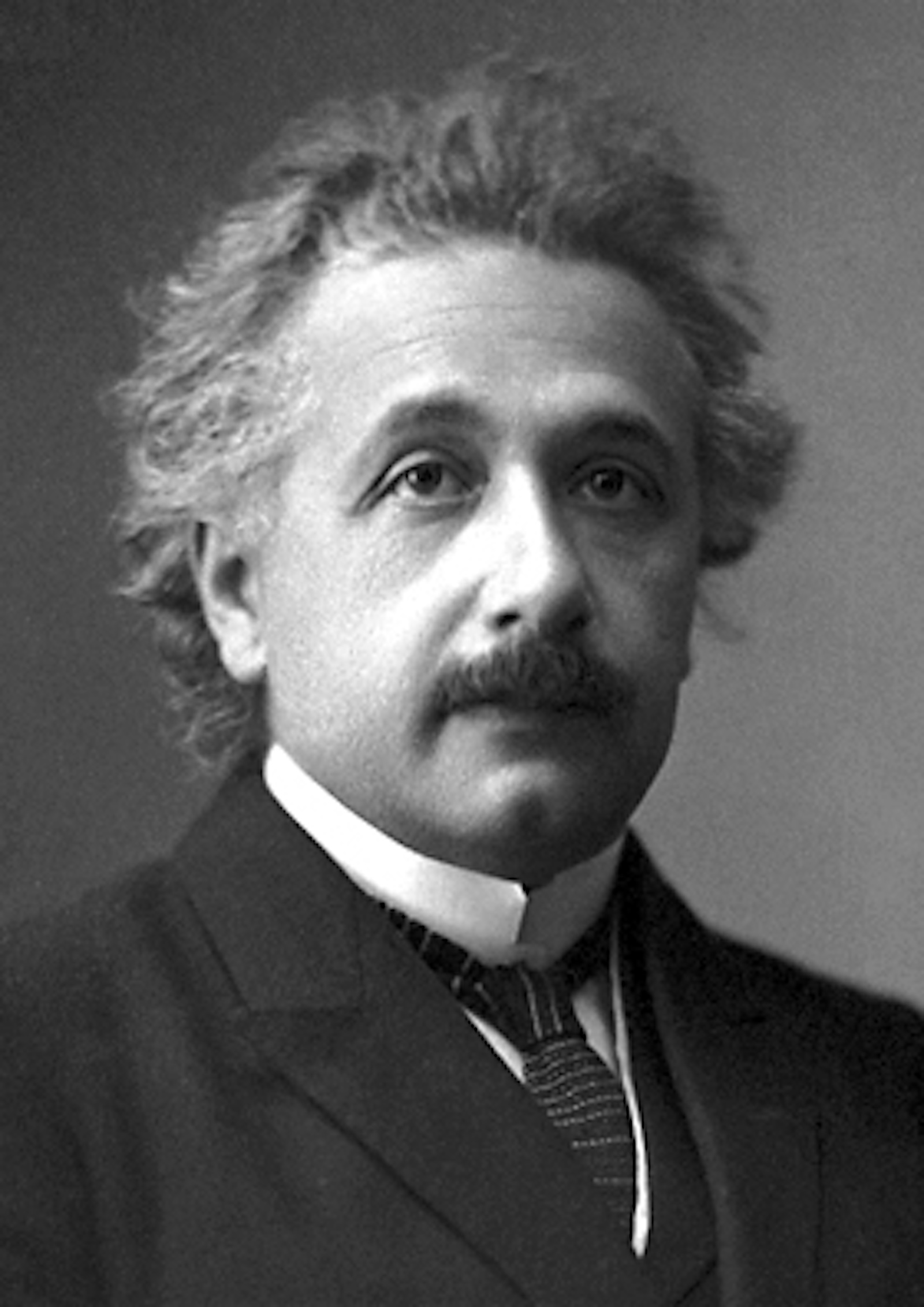
Curious Kids: What is exotic matter, and could we use it to make wormholes?
What is exotic matter, and could we use it to make wormholes? – Julia, aged 14, London

This article was originally published at The Conversation. The publication contributed the article to Space.com's Expert Voices: Op-Ed & Insights.
Carolyn Devereux is a senior lecturer in astrophysics at the Centre for Astrophysics Research at the University of Hertfordshire.
What is exotic matter, and could we use it to make wormholes? – Julia, aged 14, London
Matter is "stuff." It is anything that is made up of particles that take up space. Everything we can feel and see on Earth is matter, and it's usually in one of three types: solid, liquid or gas. This could be the chair you're sitting on, sea water, or the helium in a balloon.
There are other types of matter that do not behave like the gases, liquids or solids that we normally encounter on Earth. The ones that behave in the weirdest ways are called exotic matter.
We can create exotic matter in laboratories by cooling some materials to very low temperatures. Extremely cold helium is one example. It is called superfluid helium, and is a liquid that can climb walls.
Related: What are wormholes? An astrophysicist explains these shortcuts through space-time
Breaking space news, the latest updates on rocket launches, skywatching events and more!
It's possible that exotic matter could one day explain some of the mysteries of space. It might be a key ingredient for making a wormhole.
Bending space and time
A wormhole is something that connects two places in the universe by bending space. A wormhole has never been found, but if it did exist then it could obey our laws of gravity.
In 1687, scientist Isaac Newton said that gravity is created by the mass of an object. The mass of an object is the amount of matter in it. This means that the more matter there is in the object then the bigger the gravitational pull towards that object.
In 1915, physicist Albert Einstein changed our view of what creates gravity. Einstein said that matter bends space. He said that moving objects will follow the curvature of this bent space, and it is this that creates the effect of gravity.

Curious Kids is a series by The Conversation that gives children the chance to have their questions about the world answered by experts.
If you have a question you’d like an expert to answer, send it to curiouskids@theconversation.com and make sure you include the asker's first name, age and town or city. We won't be able to answer every question, but we'll do our very best.
For example, Earth is made of matter, and it makes the space around it bend. When objects move around the Earth they follow the bent space which makes them fall towards Earth. This is what we call gravity. This curving of space caused by matter also affects time. The more curved space is, then the slower time passes. Because space and time are so closely connected, we often talk about space-time when investigating how the universe works.
A wormhole is formed by space-time curving in such a way that a tunnel forms between two separate regions in the universe. Where the tunnel comes out into space it is called the "mouth." A wormhole has two mouths that can be separated by an enormous distance, and the tunnel itself is called the "throat."
Creating a wormhole
One type of exotic matter that could be related to wormholes is matter with negative mass. All matter we know has a positive mass and is attracted to other matter due to gravity – like an apple falling to Earth. Matter with a negative mass would push other matter away from it.
The physicist Kip Thorne proposed that negative matter would be needed to keep a wormhole stable once it has formed. We have never detected negative matter, and we do not even know what it would look like, but it is something that we can put into equations and understand how it would behave if it did exist.
Although we can say what a wormhole is, we do not know how to create one, so we cannot know if exotic matter can make wormholes.
Wormholes are interesting to scientists and science fiction writers because there is a possibility that wormholes could link two regions in space that are far apart. If they did exist, we could perhaps travel vast distances across the universe in a short time.
This article is republished from The Conversation under a Creative Commons license. Read the original article.
Follow all of the Expert Voices issues and debates — and become part of the discussion — on Twitter @Spacedotcom or on Facebook. The views expressed are those of the author and do not necessarily reflect the views of the publisher.

Carolyn Devereux is a senior lecturer in astrophysics at the Centre for Astrophysics Research at the University of Hertfordshire. Her particular research interest is in developing our understanding of the role of dark matter in the evolution of the Large Scale Structure of the Universe, also called the ‘Cosmic Web’. After completing her degree in Physics from the University of Birmingham, she gained a PhD from University College London while working at the Hirst Research Centre in London researching ferroelectric liquid crystals. After working in industry she had a career break but continued her scientific journey by studying astronomy resulting in a career change into cosmology research. She likes to share her wonder at what we know about the Universe through lectures and events for the general public and in her book.
“Cosmological Clues - Evidence for the Big Bang, Dark Matter and Dark Energy” by Carolyn Devereux. A book for all readers interested in the universe. https://www.routledge.com/Cosmological-Clues-Evidence-for-the-Big-Bang-Dark-Matter-and-Dark-Energy/Devereux/p/book/9780367406943

